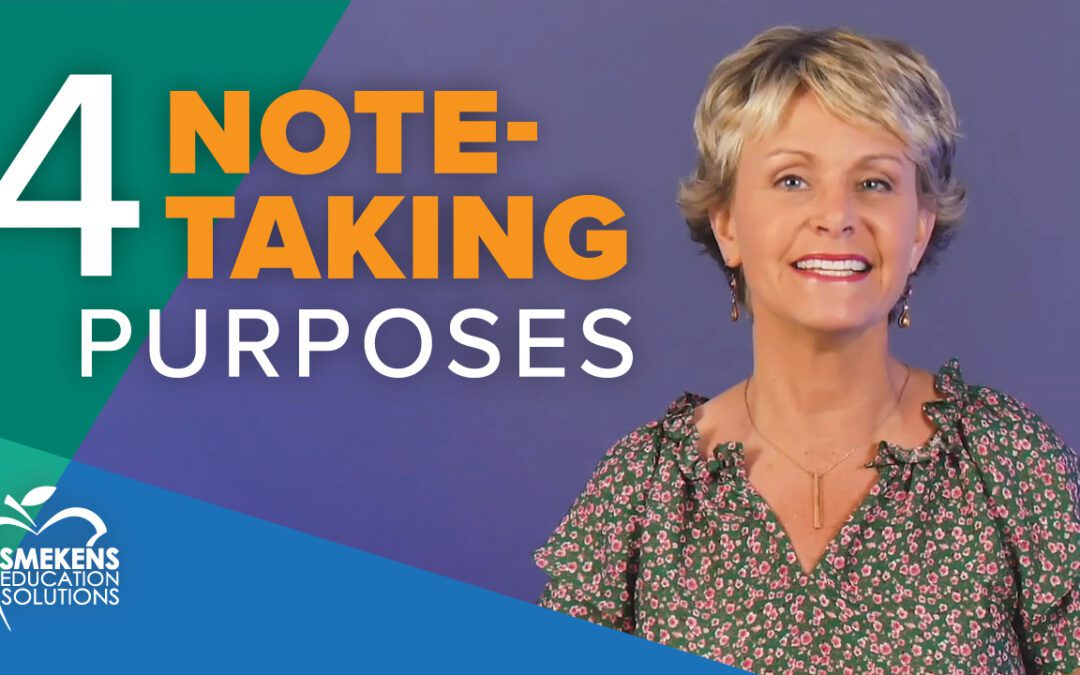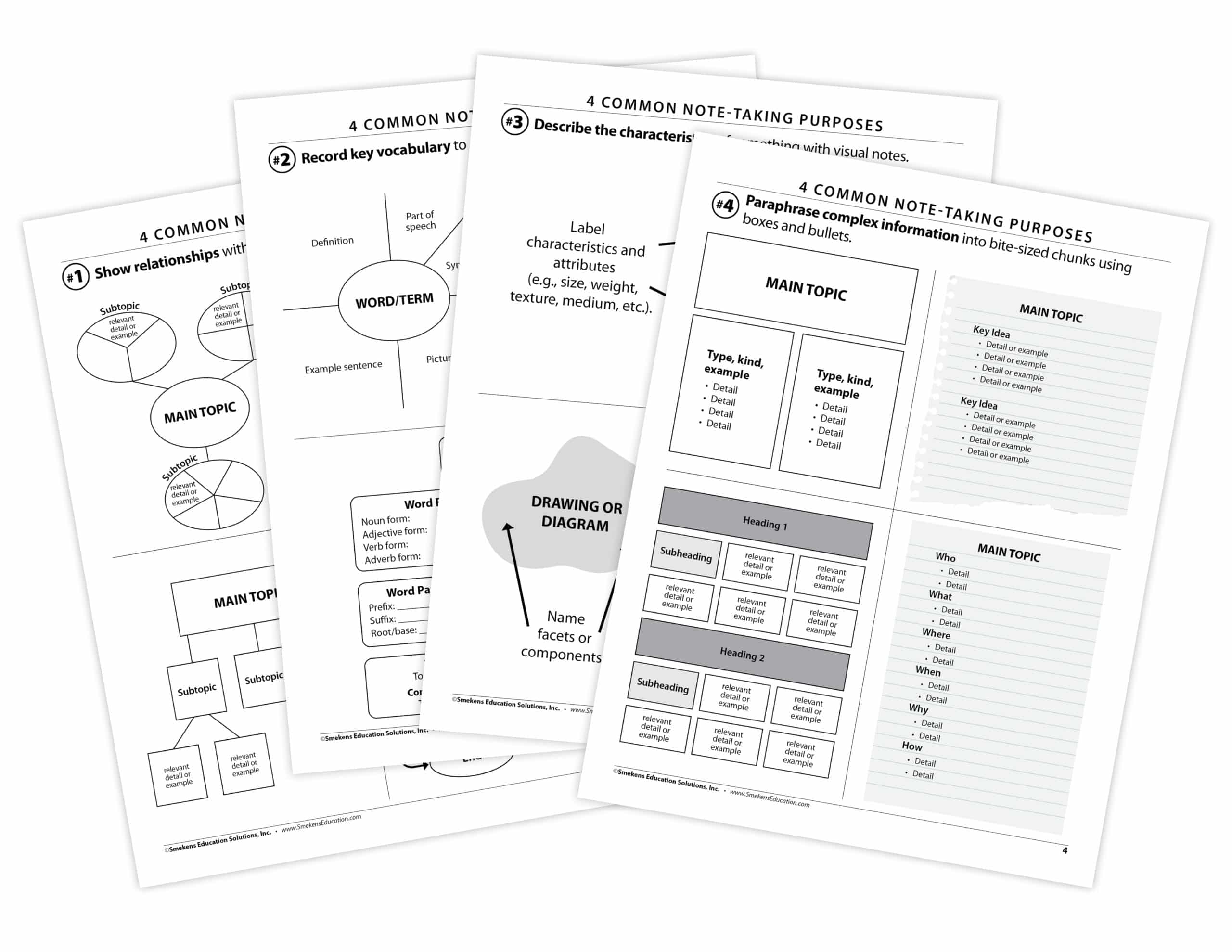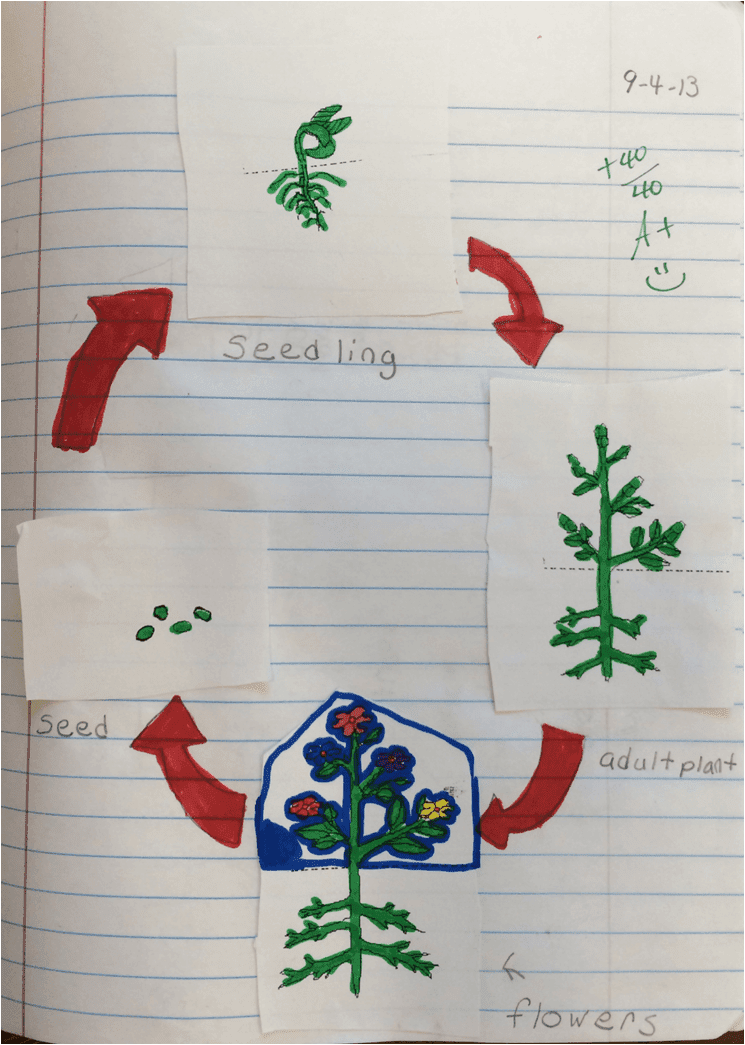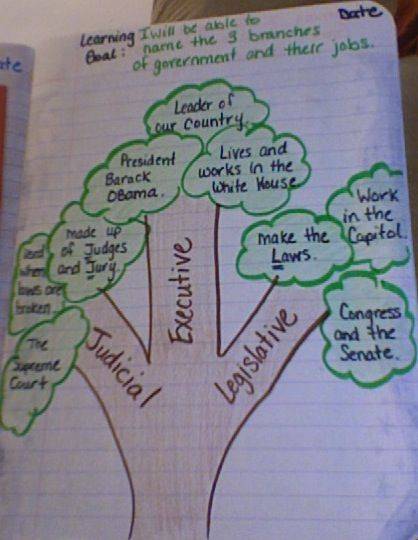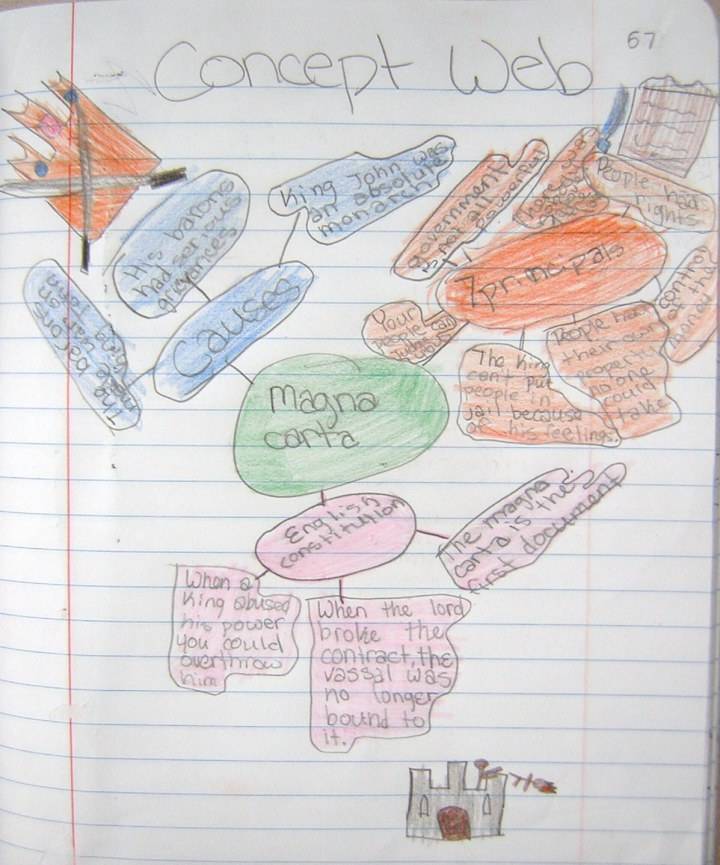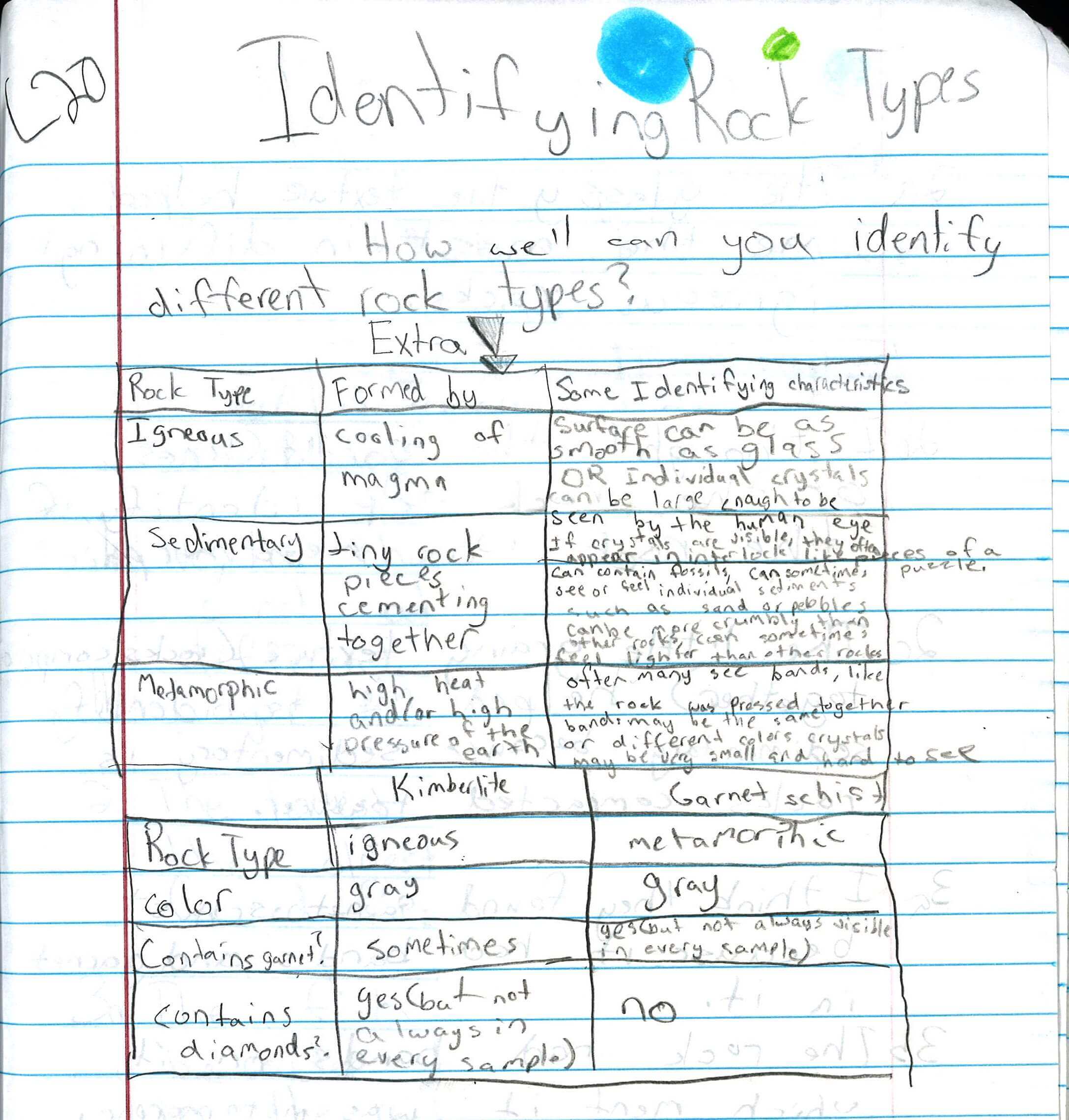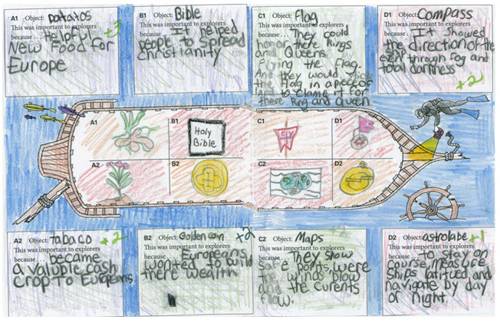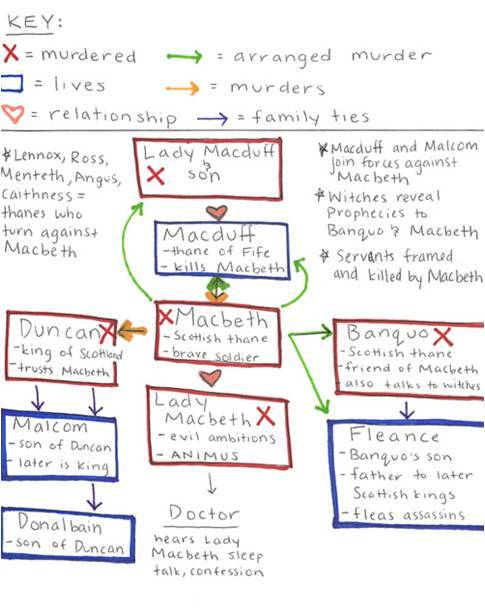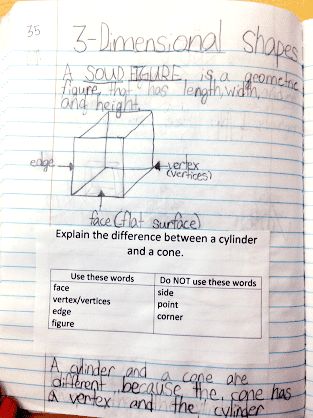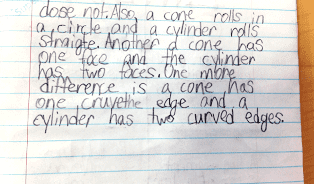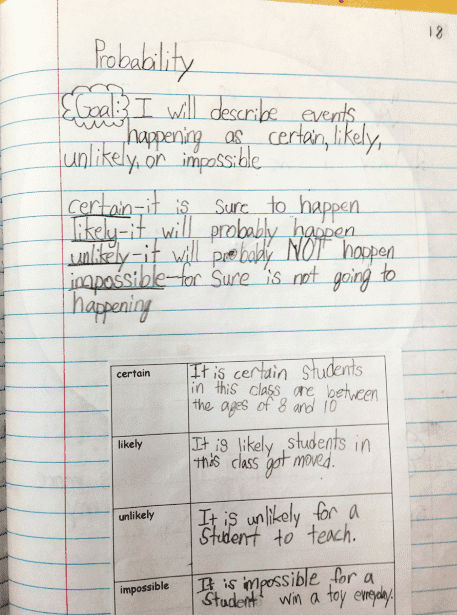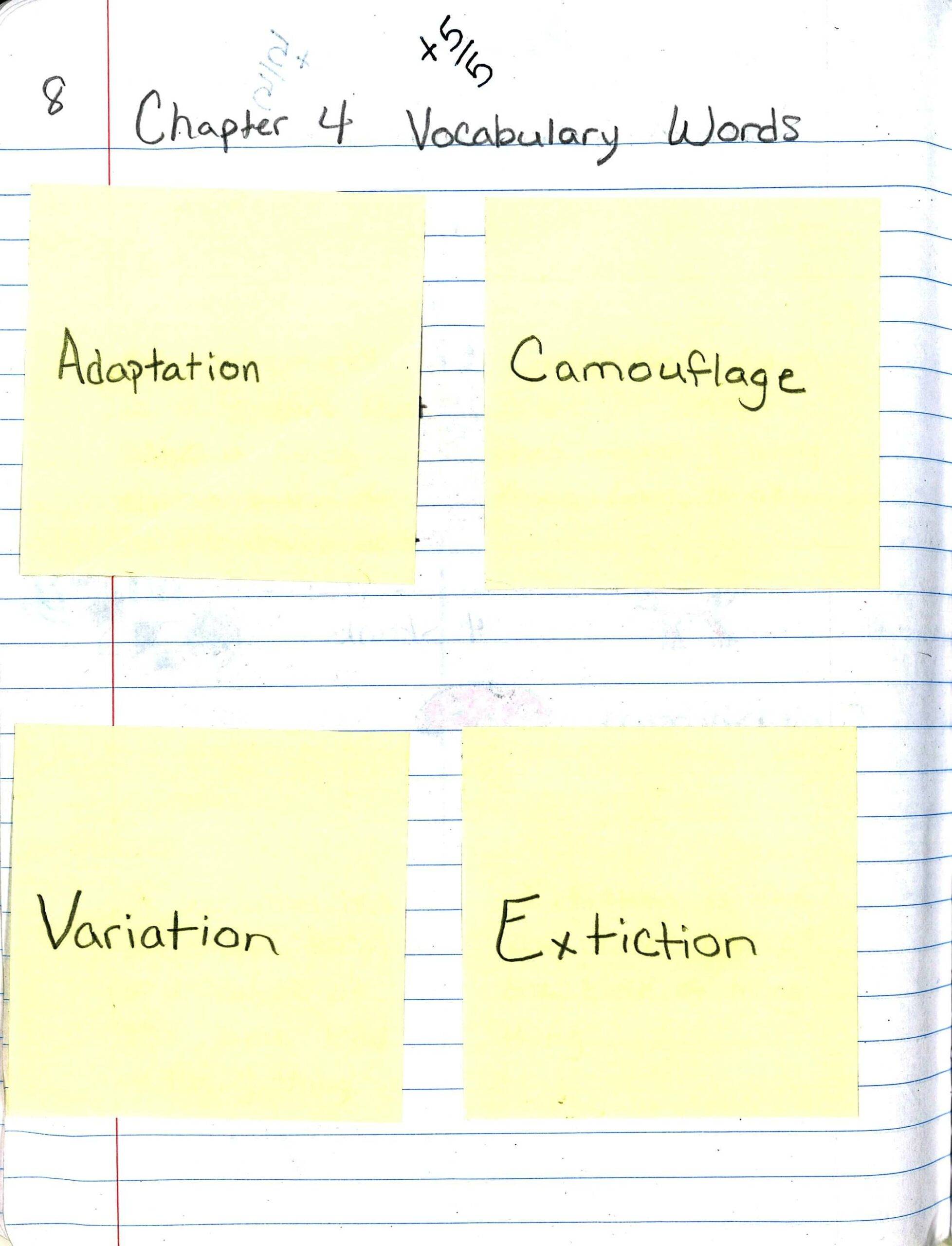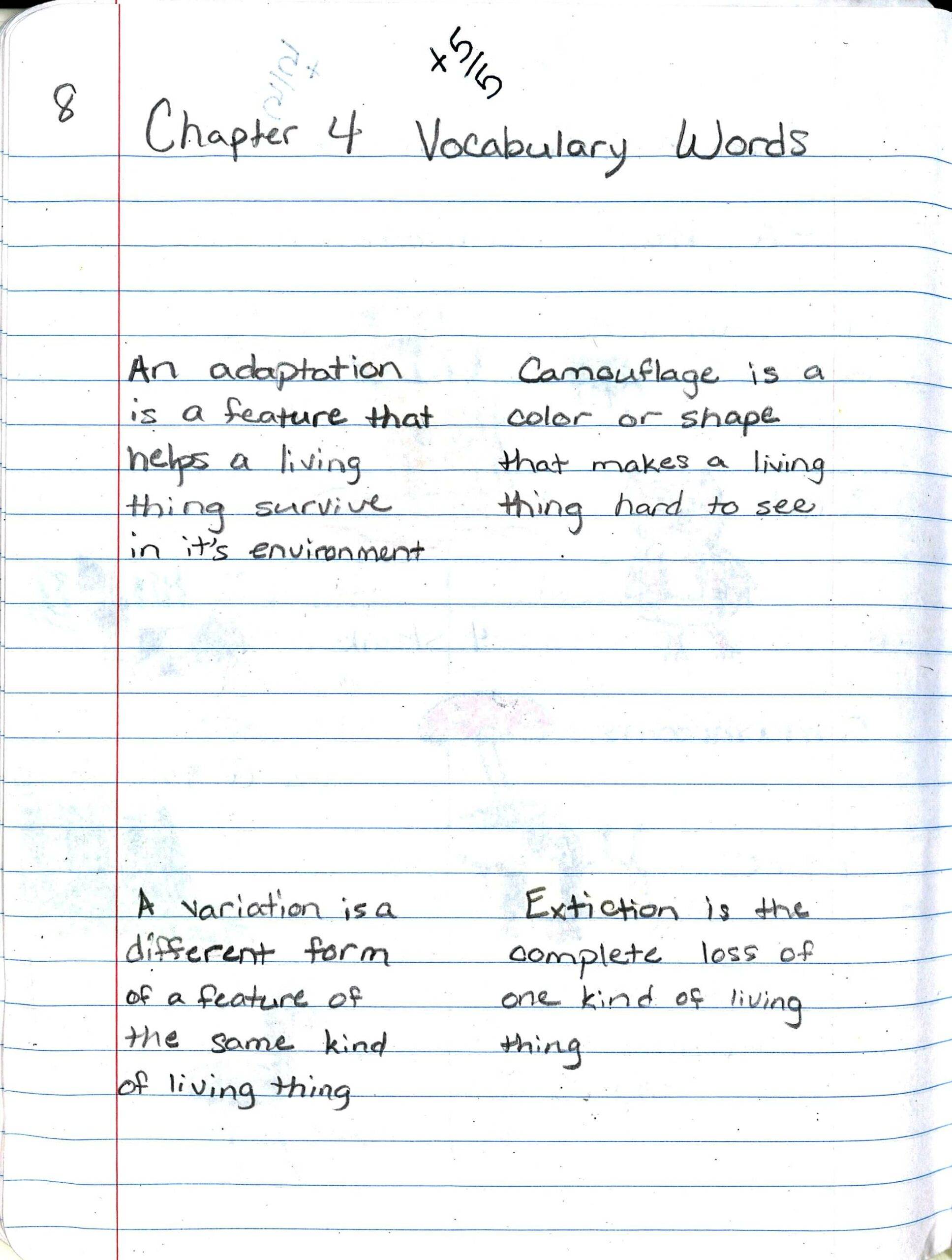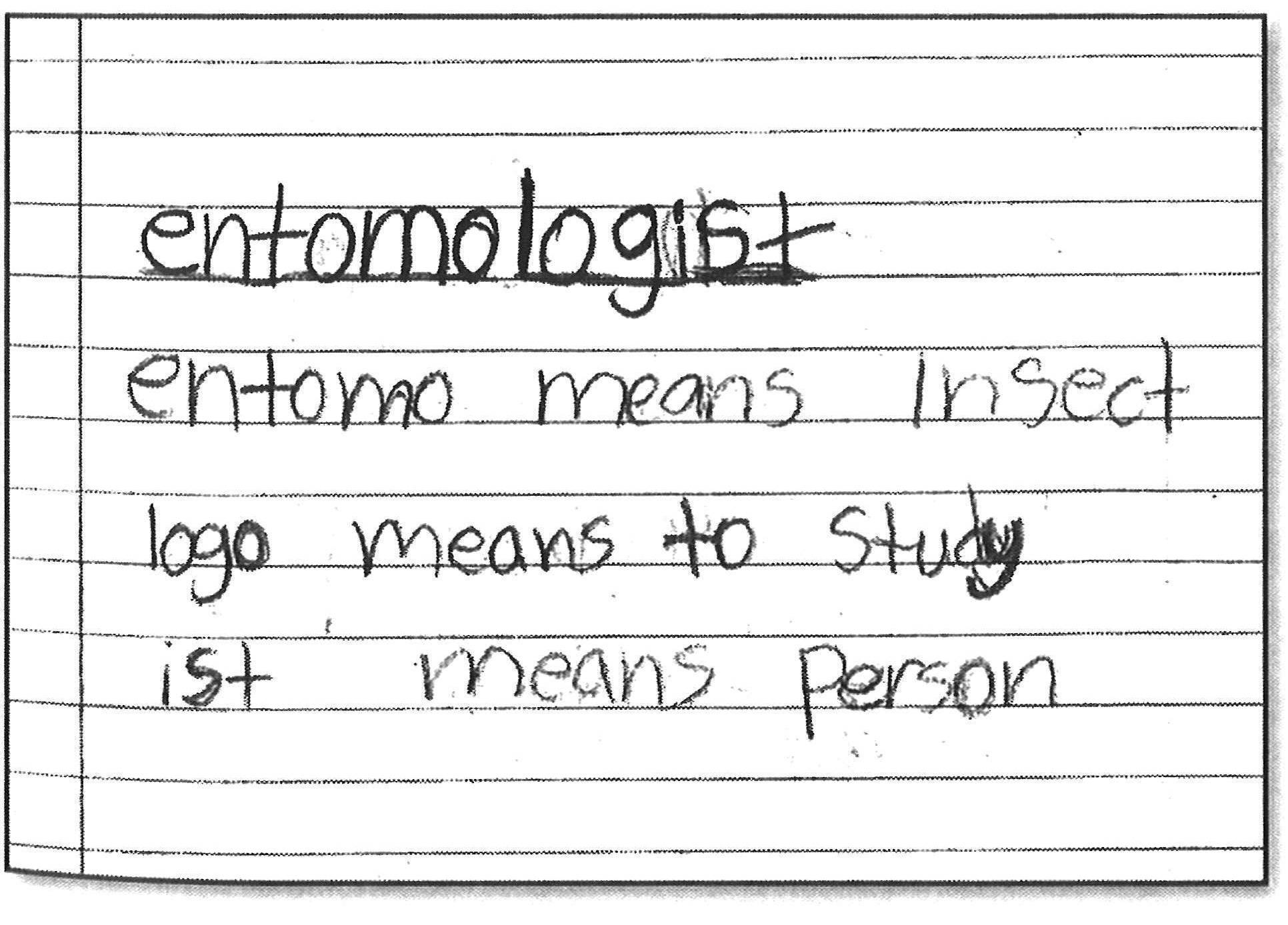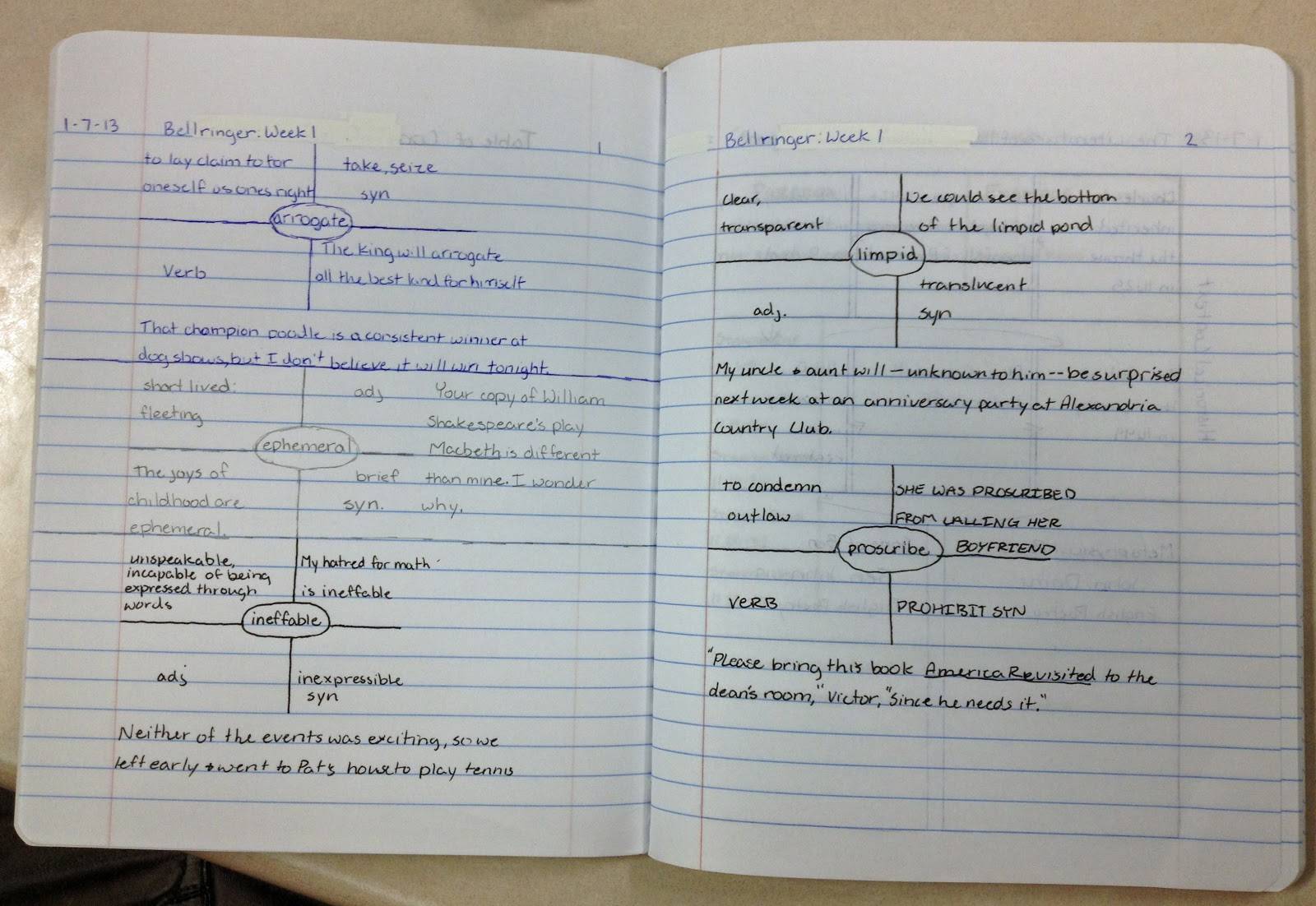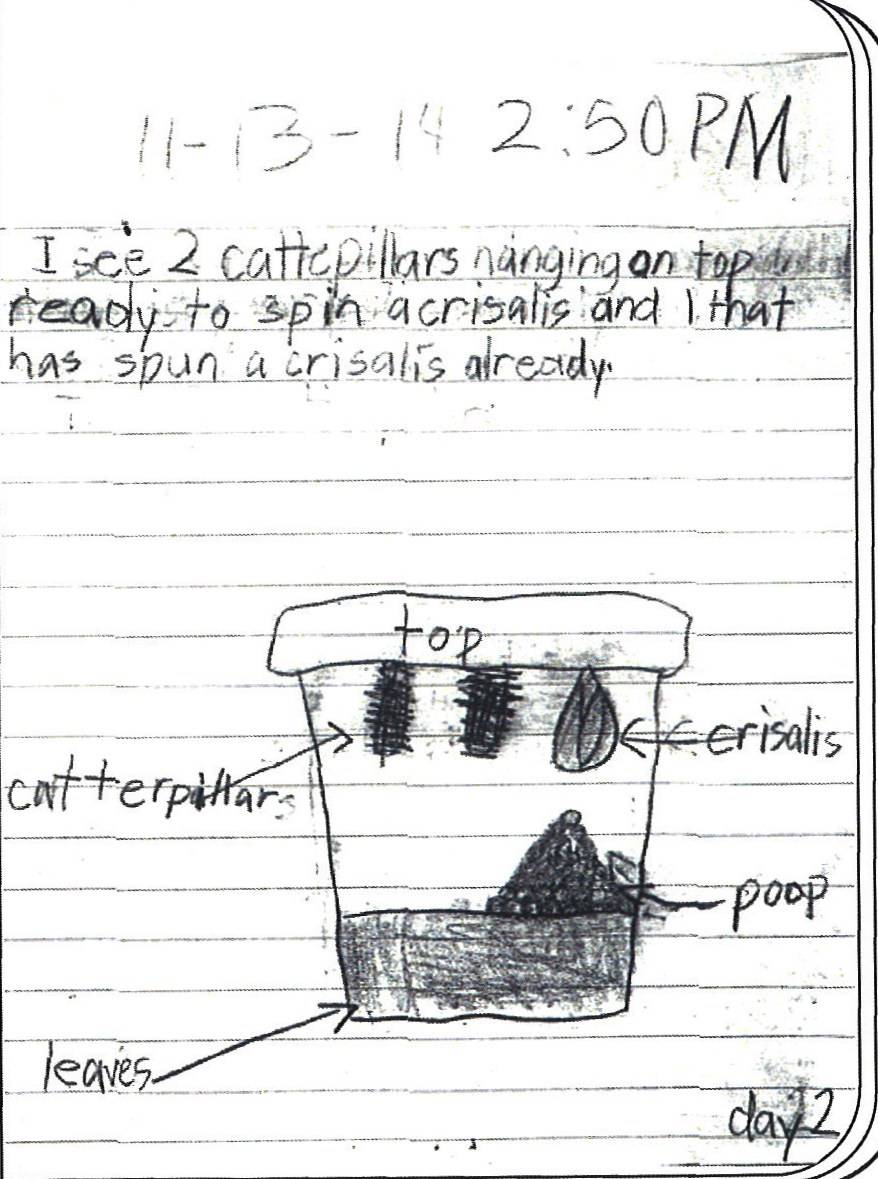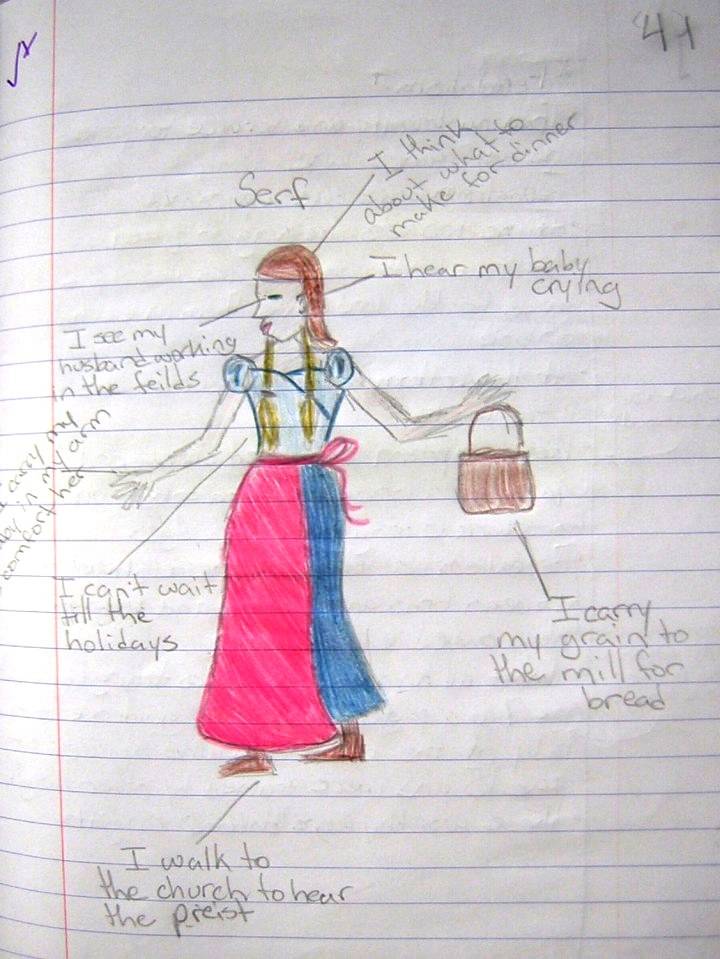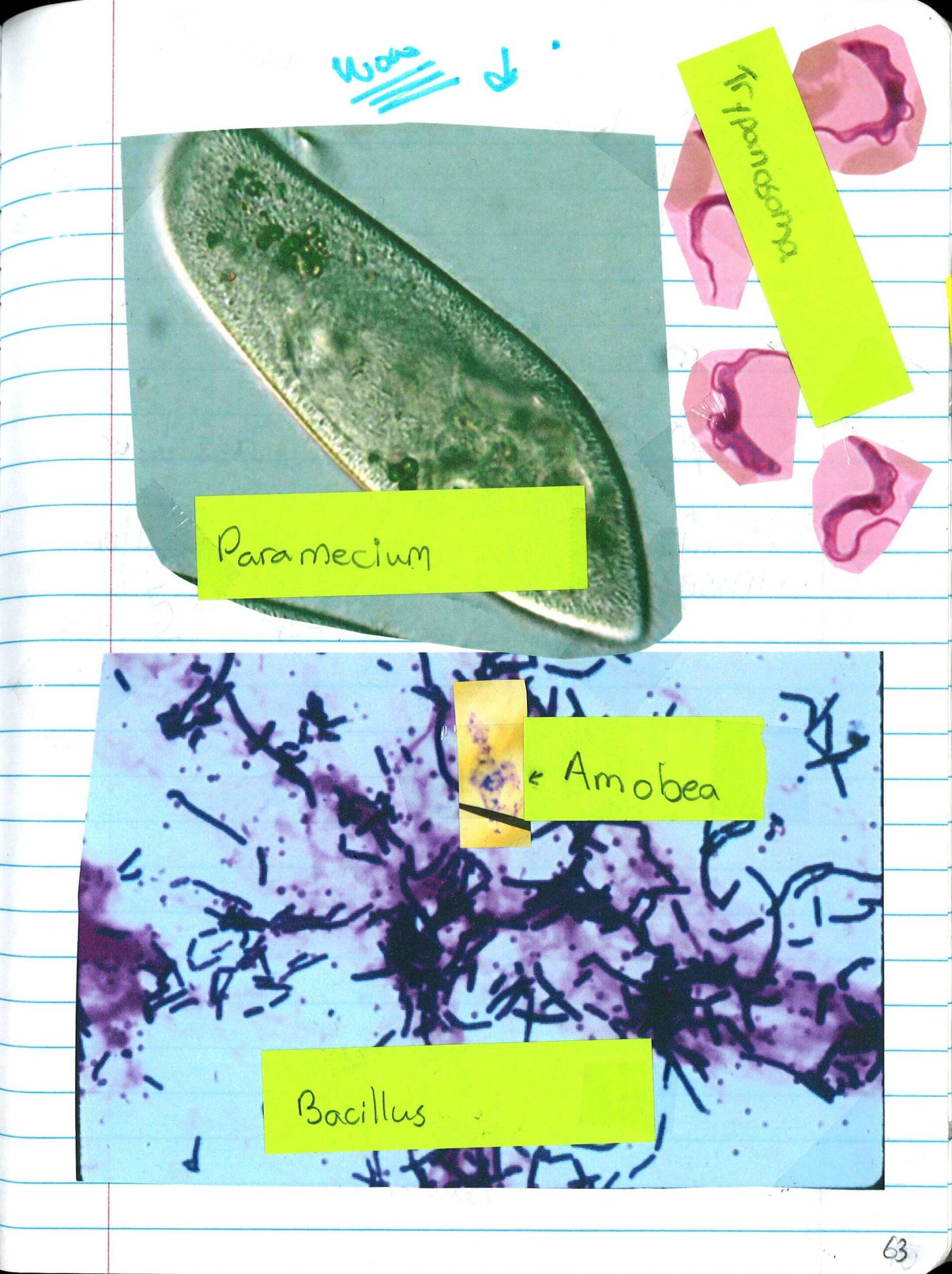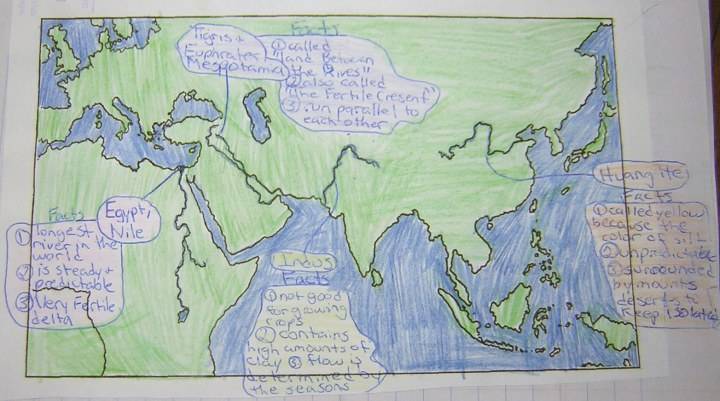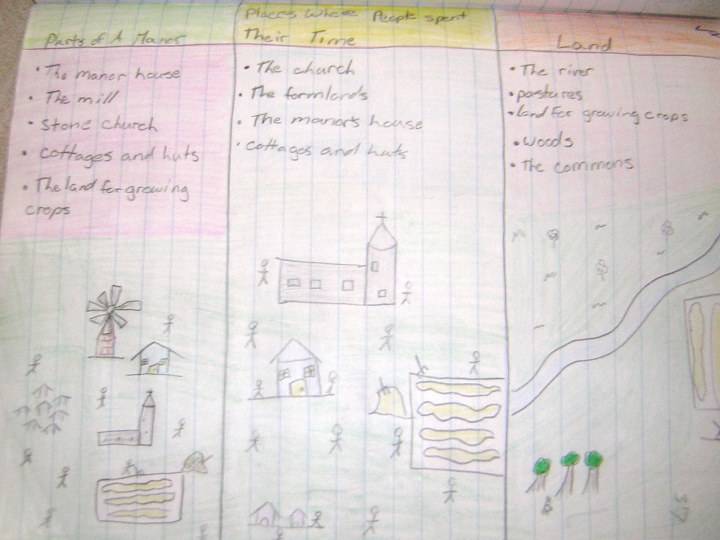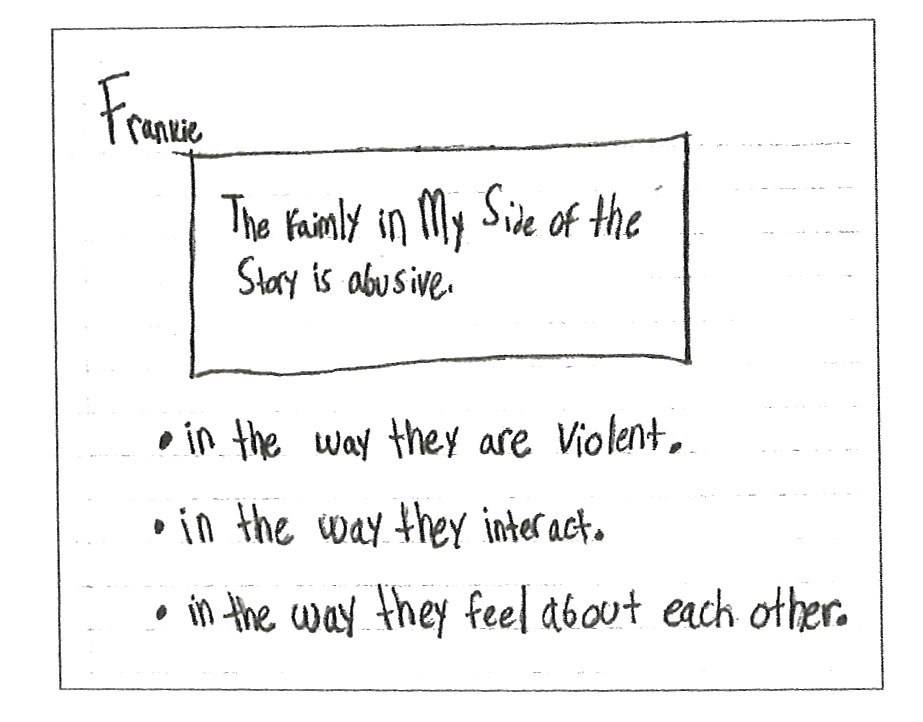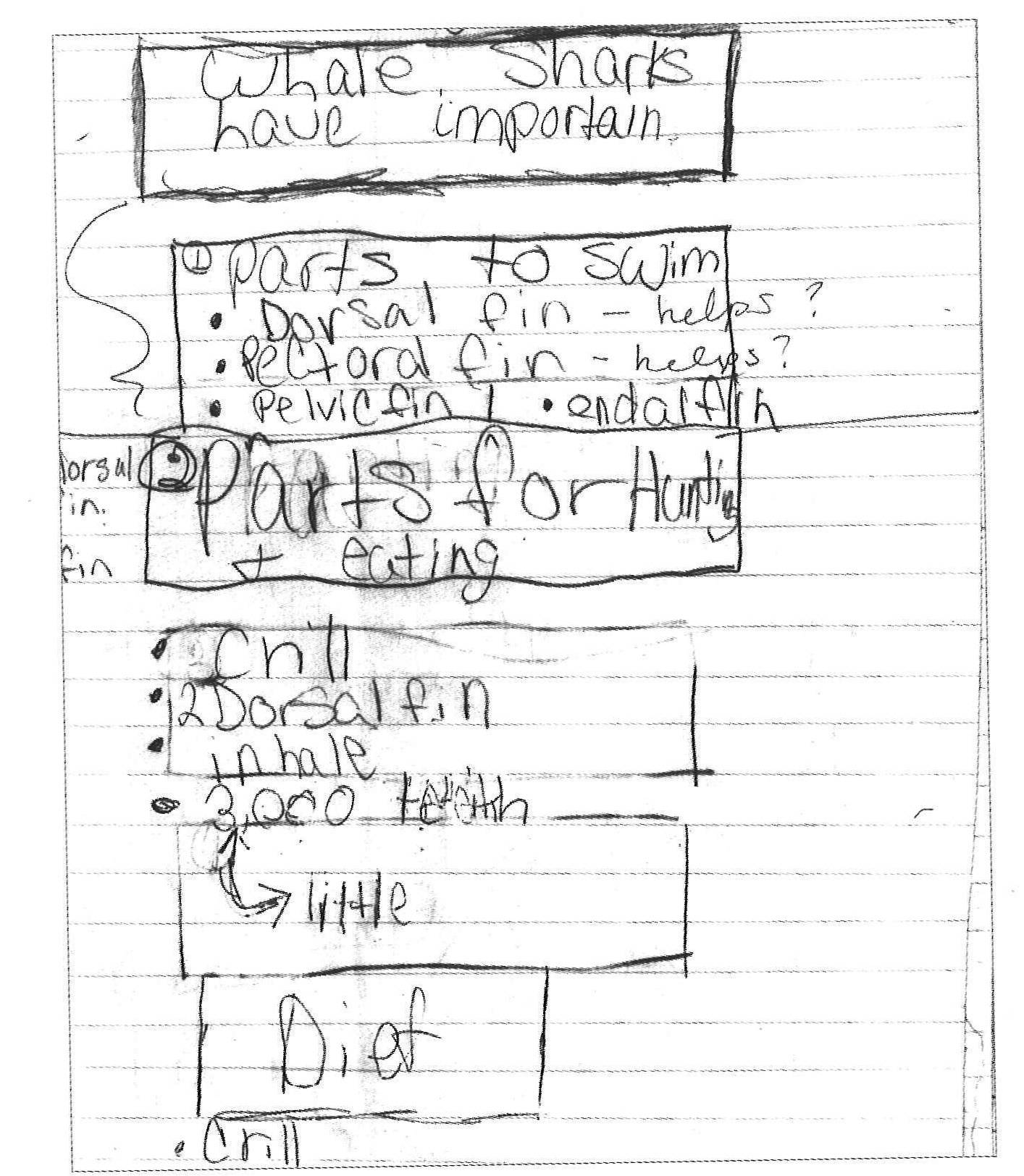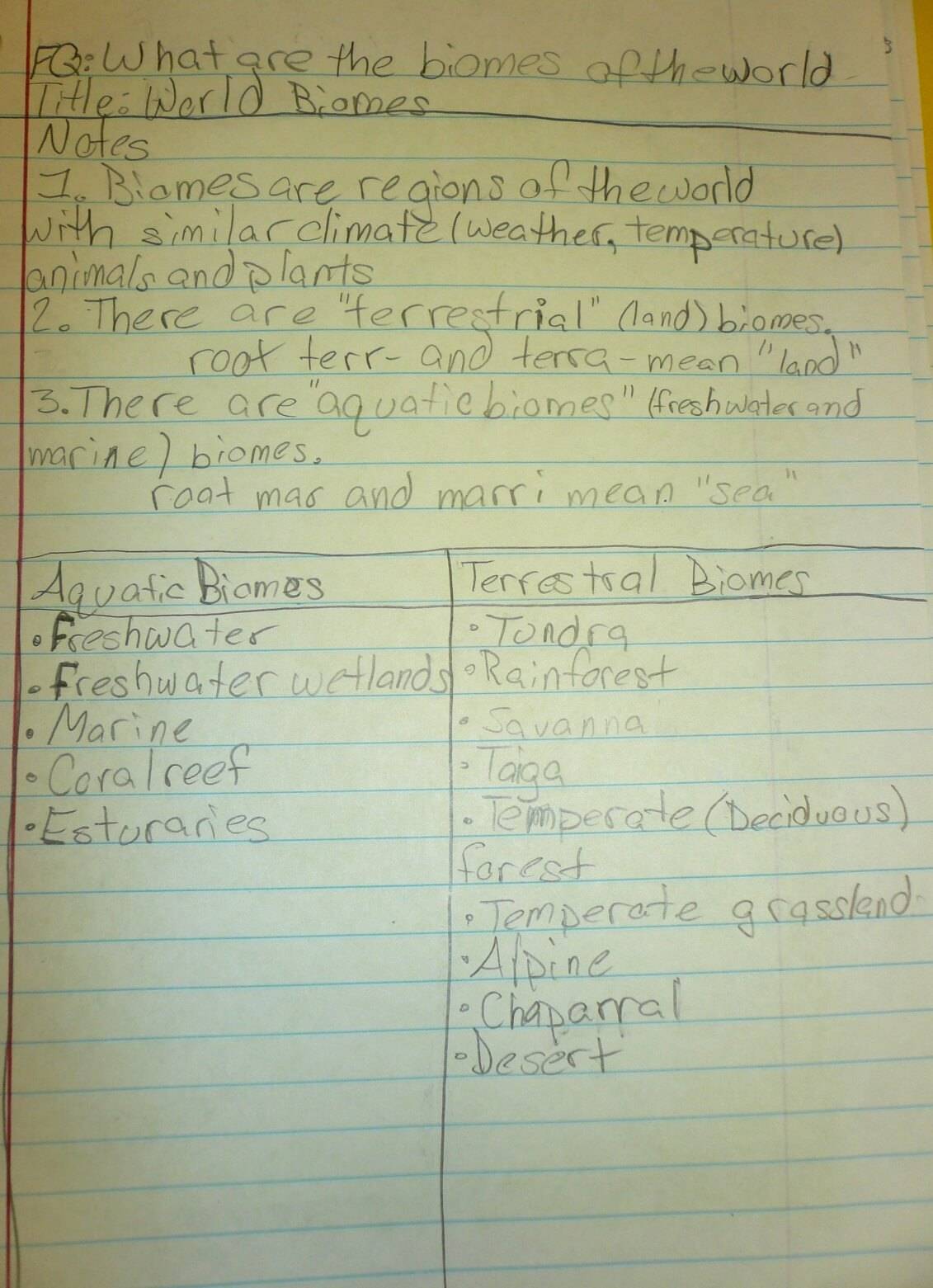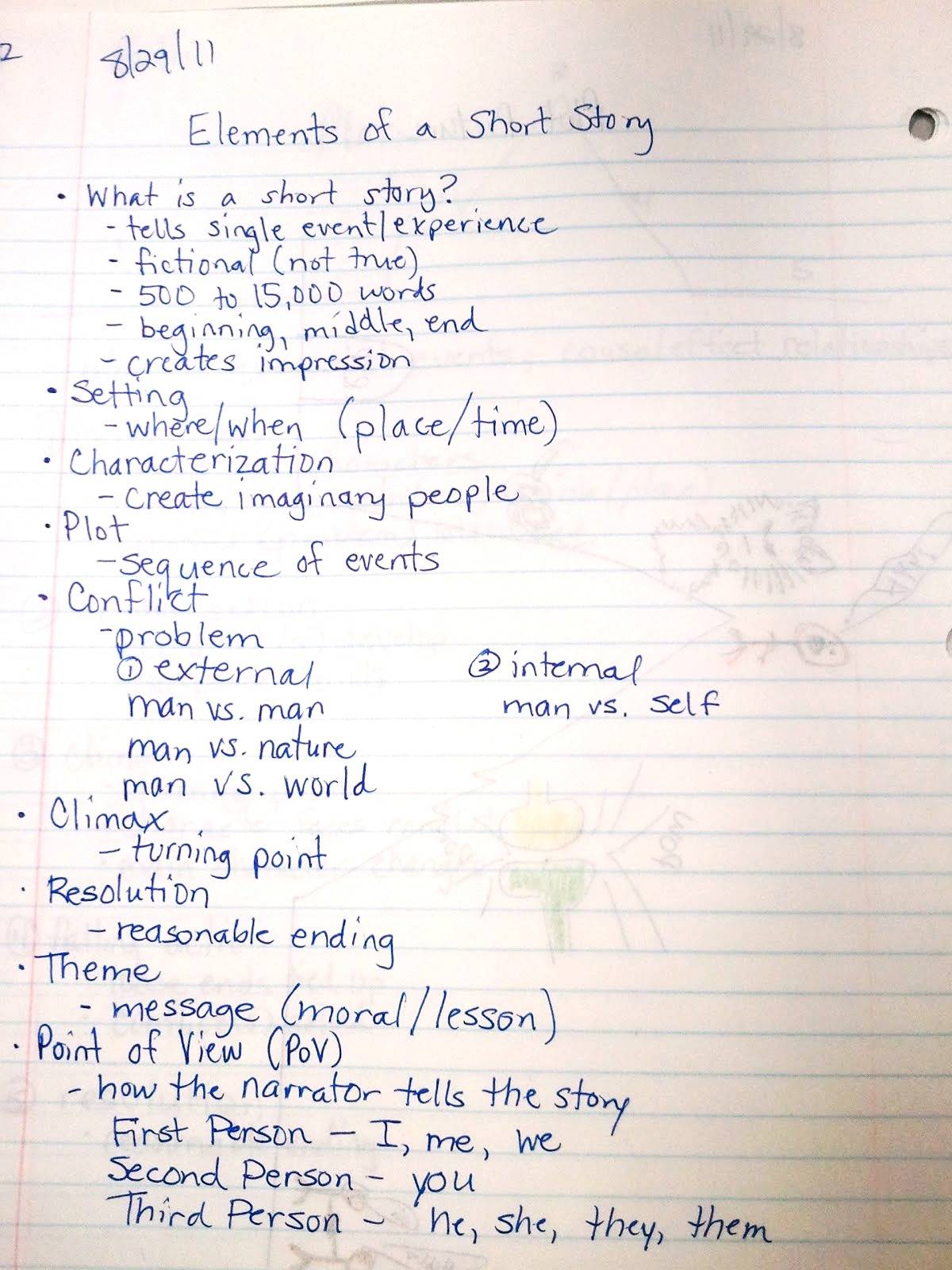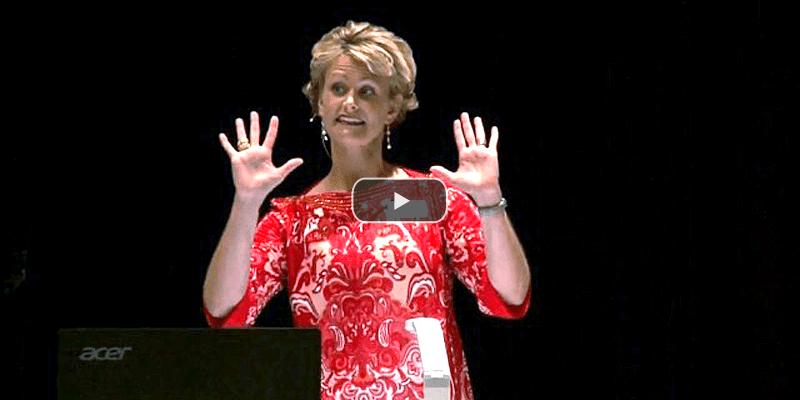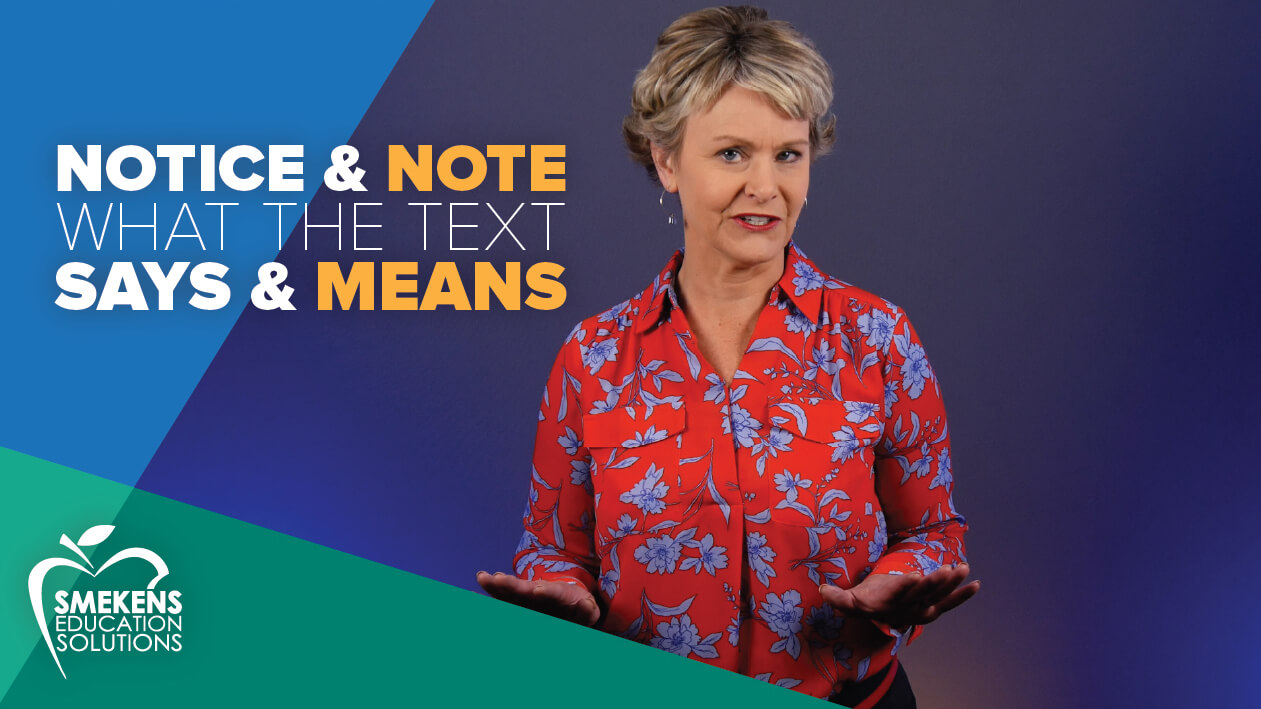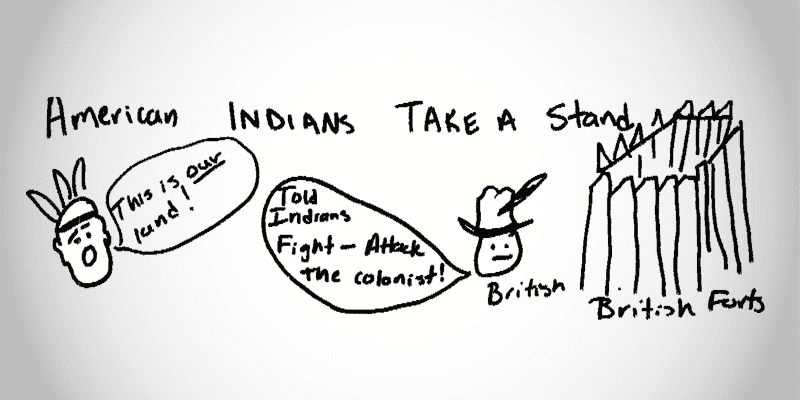reading
Identify 4 reasons to take content-area notes
Content-area notebooks can serve as a great incubator for a student’s thinking. But if students tackle note-taking without any overriding purpose, the notebook can become a hodgepodge of words copied from the board instead of a tool to boost comprehension.
Overcome this by teaching students FOUR common note-taking purposes.
PURPOSE #1—Show related information.
The first and most popular reason to take notes is to aid students in remembering the information and how it connects or relates to other concepts. Graphic organizers and thinking maps are common tools for this note-taking task. Teach students how to take note of meaning and to remember information by showing how it’s related with lines and arrows. SEE EXAMPLES.
PURPOSE #2—Identify key vocabulary.
Although graphic organizers for taking notes work well for big ideas and broad concepts, sometimes the reason to make notes is related primarily to key vocabulary. More than the word and its glossary definition, these notebook entries include explanations, examples, visuals, roots, etc. Students return to these notes numerous times to update their growing understanding of each term’s meaning. SEE EXAMPLES.
PURPOSE #3—Visualize concepts.
When important information includes specifics about how something looks or sounds, moves or functions, develops or evolves, it is most powerfully revealed in visual notes. This includes drawing the idea, system, concept, or object with precise detail AND labeling its various attributes and characteristics. SEE EXAMPLES.
PURPOSE #4—Bullet complex ideas.
More complex information requires a linear list of simple details. Readers break down an abstract or complex concept into bite-sized chunks. As students consume dense information, they must translate it into boxes and bullets, jotting down the key ideas and smaller details into a more digestible list of facts. SEE EXAMPLES.
After introducing students to different reasons to take notes, let them make these decisions more independently. You might say, “Class, today we are going to learn about ___. It will include a lot of ___ type of information. What note-taking purpose would work best?” Then let the kids consider and propose what they think and which graphic organizers for taking notes they will use; discuss their rationale.
The ultimate goal is to develop active note-takers who consume information— and transform the content into words and visuals that make sense to them.
The ideal function of a subject-area notebook is to be an incubator for a student’s thinking, a place where a reader can take note of meaning. It’s a place for him to record his understanding of new concepts. However, without any reason behind taking notes, students tend to just fill spiral books with miscellaneous class papers and words copied from the board.

